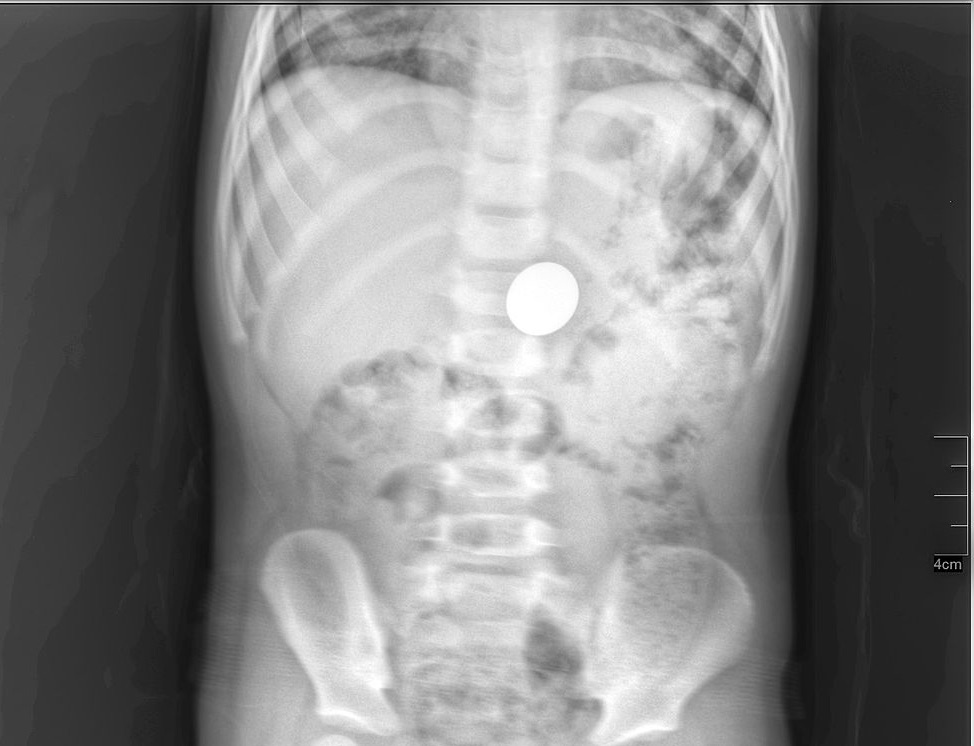Melbourne, Australia —(Map)
Six doctors have gone through an unusual experiment to answer a question often asked by parents of young children: how long does it take a small plastic toy to pass through the body?
When children are young, they have to learn lots about the world very quickly. Between the ages of six months and three years, they do a lot of exploring with their mouths. This is very normal, and usually harmless.

(Source: ZAC, via Wikimedia Commons.)
But sometimes a child swallows something that isn’t food. Coins are the most common non-food items that children swallow. This has happened so often that doctors have a pretty good idea how long it takes a coin to pass through the human body: between 3 to 6 days.
Small plastic toys are the second most commonly swallowed item, but doctors had no idea how long it took them to pass through the human body. Until now.

(Source: ©Nevit Dilmen, WikimediaCommons.org.)
Six doctors in Australia and England ran a test on themselves by swallowing the small plastic head of a Lego figure. Then they began checking their poop. They wanted to see how long it took them to retrieve the heads (get them back).
Even though children swallowing things can be quite serious, the doctors realized that their study had a silly side. They called the time until the Lego head showed up again the “Found And Retrieved Time”. For short, they called this the “FART score”.

(Source: Sunny Ripert, via Flickr.com.)
The average FART score, the doctors discovered, was between 1-3 days. They think the FART score might be even faster for children.
The doctors know this is not a perfect study. After all, they are adults, and it’s mainly very young kids who might be swallowing small plastic toys. Only six people took part in the study and one never found the head at all.
Still, they believe the study is helpful. It gives a general idea of how long a plastic toy might remain in the body, which should help worried parents relax.

(Source: mliu92, via Flickr.com.)
The doctors say that unless the plastic item is blocking a child’s airway or the tube leading to the stomach, parents probably do not need to worry. They also don’t need to look through their children’s poop to be sure the toy came out.
Unlike coins and small Lego pieces, the doctors say that swallowing tiny batteries or magnets is a reason to worry. The batteries can cause dangerous burning inside the body. Magnets can pinch together and close off tubes inside the body. This can block food from passing through and prevent blood from getting to those areas.
Note: This was a carefully controlled experiment, run by doctors. It is never a good or safe idea to swallow things that are not food.
😕
This map has not been loaded because of your cookie choices. To view the content, you can accept 'Non-necessary' cookies.
